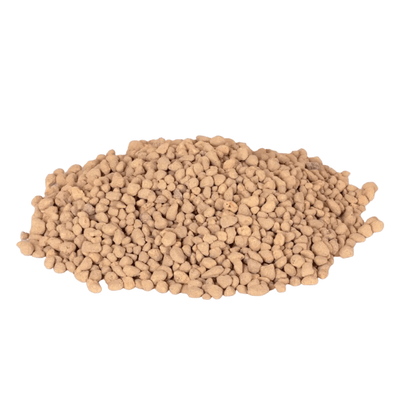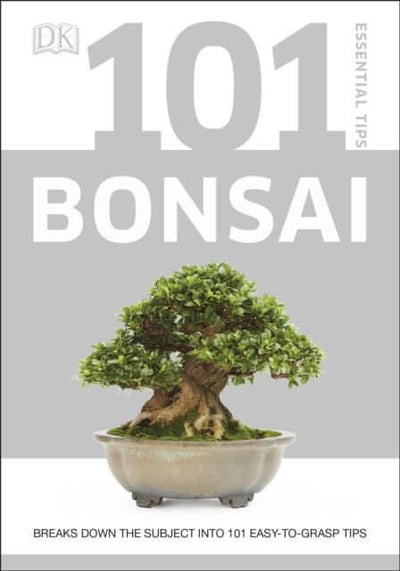Chinese Juniper (Juniper Chinensis) Bonsai Tree Care Guide
Juniper Chinensis, commonly known as Chinese Juniper, is a popular choice for bonsai enthusiasts due to its adaptability and aesthetic appeal. Here's a care guide specifically tailored to the UK climate:
1. Location: Place your Juniper Chinensis bonsai outdoors in a spot that receives ample sunlight. It needs at least 4-6 hours of direct sunlight daily. If the weather gets very cold, you might want to provide some protection or move it to a sheltered area to prevent frost damage.
2. Temperature: Chinese Junipers are hardy trees that can withstand cold temperatures. However, during severe winter conditions, protect the bonsai from extreme cold by placing it in an unheated garage or against a sheltered wall. The tree should be exposed to the natural seasonal changes, as this is essential for its health and dormancy cycle.
3. Watering: Maintain consistent moisture in the soil, but avoid waterlogging. Water thoroughly when the top inch of the soil feels dry to the touch. Use a well-draining bonsai soil mix to prevent root rot. It's essential to adjust your watering frequency based on the weather conditions – more in hot, dry periods and less in cool, damp weather.
4. Humidity: Juniper Chinensis prefers moderate to high humidity levels. To increase humidity, you can mist the foliage regularly or place a humidity tray filled with water and pebbles near the bonsai. This is especially important during the drier months.
5. Fertilizing: Fertilize your bonsai during the growing season, which is typically from spring to early autumn. Use a balanced, liquid bonsai fertilizer diluted to half or quarter strength and apply every 2-4 weeks. Avoid fertilizing during the winter months when the tree is dormant.
6. Pruning and Shaping: Pruning is crucial to maintaining the shape and health of your Juniper bonsai. Pinch or prune back new growth to encourage branching and maintain the desired form. Wiring can also be used to shape the branches, but be careful not to wire too tightly to avoid damaging the delicate branches.
7. Repotting: Repot your Juniper Chinensis bonsai every 2-3 years, typically in early spring before new growth starts. This helps refresh the soil and prevent the tree from becoming root-bound. Trim back some of the roots during repotting to maintain a balanced root-to-foliage ratio.
8. Pests and Diseases: Keep an eye out for common pests like aphids, spider mites, and scale insects. Regularly inspect your bonsai for any signs of infestation and treat accordingly with appropriate insecticides. Also, ensure good air circulation to prevent fungal issues.
9. Styling and Aesthetics: Juniper Chinensis bonsai can be styled in various ways, including informal upright, slanting, cascade, and more. Research bonsai styling techniques and choose a style that suits your tree's characteristics and your preferences.
Remember that every bonsai is unique, and individual care needs may vary. Regular observation and adjustment of your care routine based on the tree's response to environmental conditions are essential for its long-term health and beauty.








